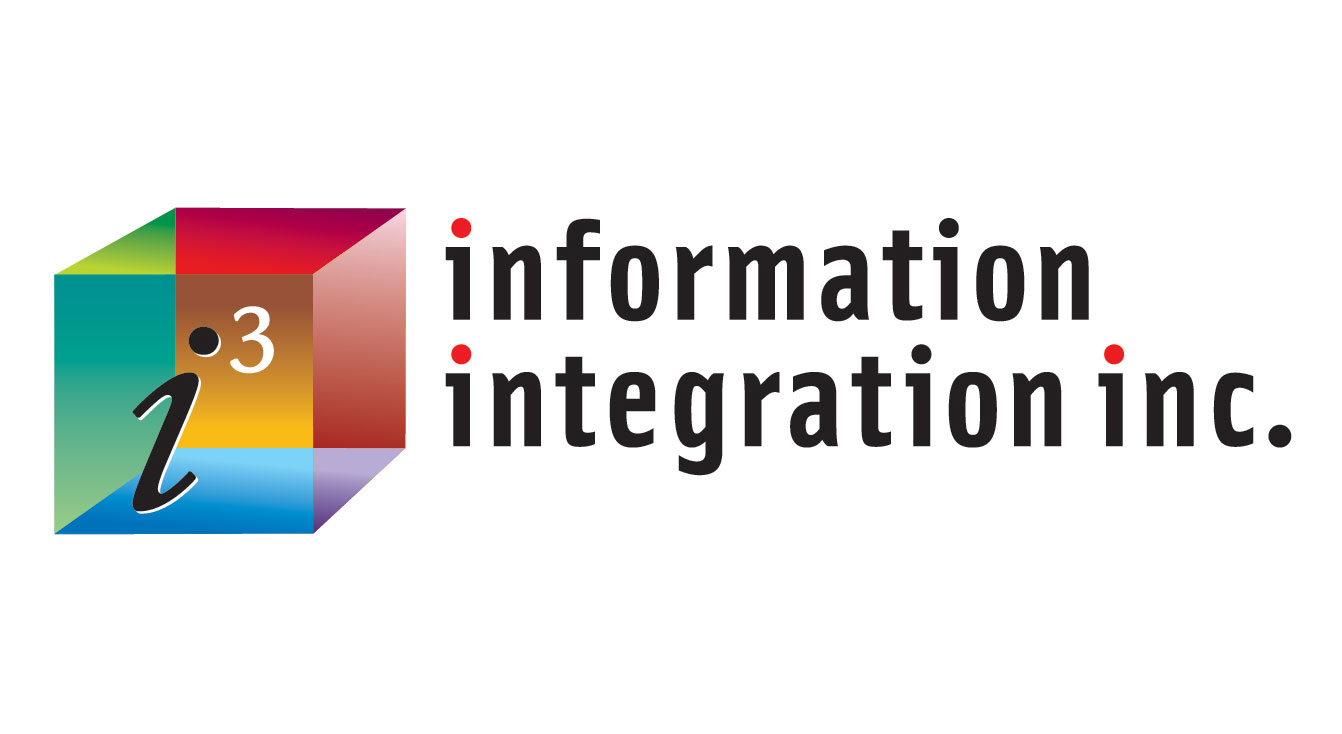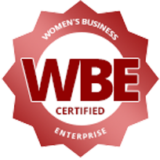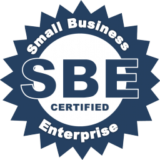Historically, companies have not taken a holistic approach to ensuring that their information resources work together. The root cause of the problem is the history of the development, storage, and maintenance of documentation and training.
“Back in the day” before internets and intranets (yes, there was such a time!), policies and procedures were stored in hard copy format in binders, and training was typically provided via Instructor led training (ILT), self-study guides, job aids, and/or CBT (computer-based training delivered via CD-ROMs). This resulted in a very silo’d environment with no interconnections at all. These resources, therefore, grew and grew over the years yet were unable to complement each other in an easy, accessible, or meaningful way.
In this environment, redundancies, inconsistencies, inaccuracies, and maintenance issues ran rampant.
Time and Effort Have Applied Some Salve
In the decades since the internet has become widely used, more and more companies have been implementing, expanding, and refining their use of a corporate intranet. While internal communications and team collaboration are high on the list of the important uses of their intranets, for most firms, the most common use of their intranet is for the storage and dissemination of critical company information. This typically includes policies, procedures, processes, workflows, job aids, training materials, newsletters, announcements, and so forth.
But is all that information reaching its audiences effectively and having its intended impact?
Or, Have the Silos Just Moved to the Intranet?
The simple answer is that most companies are not taking a holistic approach to how all that critical company information is migrated, stored, organized, made available, and maintained on their intranet. They are often moving their files from file servers to the intranet via a tool like SharePoint, and making their training available in a web-based format via a Learning Management System – frequently with the documentation and training materials still not talking to each other – or not talking to each other enough.
This results in:
- A lack of cohesion and consistency across and between information resources
- Redundant development and maintenance of various types of information resources
- Increased costs primarily resulting from the redundant development and maintenance
- Increased risk of errors and/or non-compliance
- Lack of effective learning and on-the- job performance support
- Frustration!
Making a Shift to a More Holistic Environment
Here are some key suggestions for making a shift to a more holistic information environment. Note that these changes require a top-down commitment and are not a quick fix ̶ particularly for very large corporations. However, although it took decades to build up and fill up your silos, I assure you that it won’t take decades to break them down.
- Documentation and training materials should be designed, developed, and maintained cohesively – not in silos that foster lack of communication, redundancies, inconsistencies, diluted or confusing messaging, compliance risks, and unnecessary cost in time and effort.
- This means that there needs to be a collaborative approach between and amongst the teams and individuals responsible for this content, which will require shifts in communications both vertically and horizontally.
- Developing documentation and training that complement one another (with neither repeating the content in the other) is a great start. Careful and thoughtful planning then needs to be put into organizing these materials on your intranet intuitively for its audiences so that it’s available at the point of need.
- While this is important for everyone, be sure to consider the modern workforce’s needs and ways of working, particularly in terms of mobility. For example, will your carefully planned intranet and LMS layout and linkages translate well onto mobile devices (that is, if your firm allows people to access company data on their personal devices)?
- Having taken design, development, delivery, and accessibility into consideration, some firms are also going one step further and mapping information resources to competencies, personalizing content, implementing intelligent portals, and designing adaptive documentation and training. (Be on the lookout for a future article about this.)
Taking Baby Steps
Whoa! You may be thinking. Is that what it takes to break up the silos?
Well, yes and no. The first three steps are key to laying a strong foundation that you can continue to build upon for years to come. We’ve found that when most firms consider proposed projects during budget planning, fixing something that ain’t quite broken is tough to get behind. But the risks of continuing to build on a foundation that was started decades ago will put your firm at an increasing disadvantage moving forward, if it hasn’t already.
Steps 4 and 5 are already being taken by many progressive and nimble organizations, and the opportunities for truly optimizing information resources and their intranets are expanding exponentially ̶ such as via employee engagement and communications platforms, social solutions, enhancing workplace cultures, providing powerful integrations, and more.
Getting started doesn’t mean tearing it all down and beginning from scratch. We’ve supported our clients with taking small steps instead of large leaps by working on one area and expanding, for example, from the departmental level to the functional, regional, enterprise, and global – and in a way that leverages their existing frameworks and technologies.
At i3, we’re continually breaking down the silos between documentation and training, and integrating them so that they work together and complement one another. As our name implies, at Information Integration we are passionate about ensuring that all of your information resources are working for you in a consistent, accessible way and without confusing or contradictory redundancies.
If you’d like more information, please get in touch by completing the form below or giving us a call.





